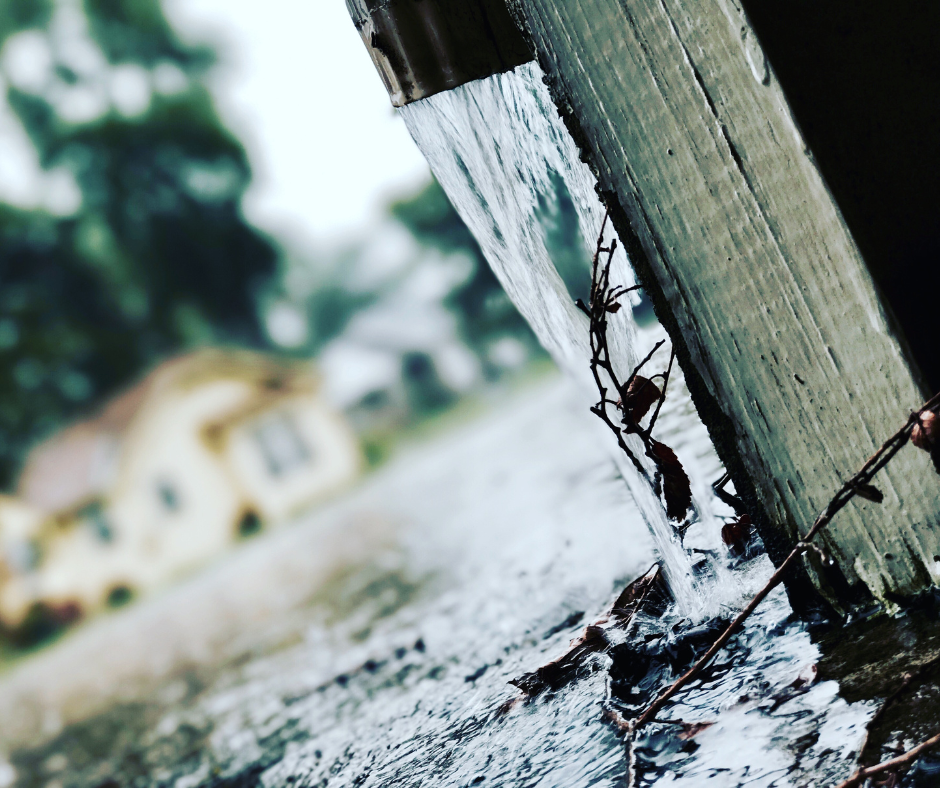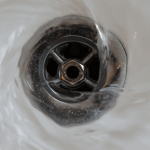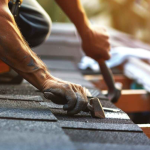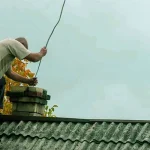6 Downspout Extensions That Improve Drainage Efficiency
Your gutters may be doing a great job collecting rainwater from your roof, but without the right downspout extensions, all that water could still end up exactly where you don’t want it—around your home’s foundation. Downspout extensions are simple yet powerful additions that help route water farther away from your house, reducing the risk of erosion, flooding, and structural damage.
If you’re looking to improve exterior drainage solutions and keep your home protected, here are six effective downspout extension options worth considering.
1. Flexible Plastic Extensions
Flexible plastic extensions are among the most affordable and easy-to-install options. They attach directly to the end of your downspout and can be extended or bent to direct water flow exactly where you need it.
These extensions are ideal for homes with awkward landscaping or tight spaces because they can curve around obstacles. Some models even collapse or expand as needed, making them a versatile choice for temporary or permanent solutions.
To use:
- Slide the extension onto your downspout.
- Secure with a clip or screw.
- Direct the water away from the foundation at least 3–5 feet.
They’re great for quick fixes but may need to be adjusted or replaced over time due to wear or UV exposure.
2. Roll-Out Extensions (Automatic Drainage)
Roll-out extensions, also known as “automatic” downspout extenders, uncoil when it rains and roll back up when dry. This makes them especially useful for homeowners who don’t want a permanent or visible fixture in their yard.
These extensions typically roll out up to four to five feet, channeling water away only when needed. Since they retract when not in use, they won’t interfere with lawn mowing or foot traffic.
While they’re not the most robust option for heavy rainfall, they work well for moderate climates and can reduce the chance of water pooling near your foundation.
3. Rigid Pipe Extensions (PVC or Corrugated)
For homeowners seeking a more permanent solution, rigid pipe extensions made of PVC or corrugated plastic are a solid choice. These pipes are typically buried underground and connect directly to the downspout using an elbow joint.
The benefit of rigid pipes is that they carry water far from your home—often toward a storm drain, dry well, or rain garden—without disrupting your lawn’s surface.
Installation involves a bit more work, including digging a trench and ensuring a proper slope, but the long-term benefits are worth it for those in areas with heavy rainfall or clay soil.
This is a popular method for those looking for Carmel IN downspout installation services that offer lasting drainage improvements.
4. Splash Blocks with Extensions
Splash blocks are small, angled platforms placed under the downspout to disperse water and prevent soil erosion. While they work well on their own for short distances, pairing them with a short extension can make them even more effective.
You can use a short piece of plastic or metal pipe to direct water onto the splash block and further out into the yard. This combo is simple, cost-effective, and ideal for areas where you want a low-profile solution that doesn’t require digging or regular maintenance.
They’re especially useful near patios, porches, or walkways where buried pipes might be inconvenient.
5. Pop-Up Drain Emitters
Pop-up drain emitters are a sleek solution that works with underground downspout extensions. Water travels through a buried pipe and exits through a pop-up cap that opens only when water pressure builds.
These systems are popular because they keep your yard looking clean while still offering solid drainage performance. Once the rain stops and pressure subsides, the emitter closes, preventing debris or pests from entering the pipe.
Pop-up emitters are excellent for redirecting water toward lawns or gardens without leaving an open pipe exposed. Just be sure to clear the line of debris occasionally to keep it functioning properly.
6. Rain Barrels with Overflow Extensions
For eco-conscious homeowners, attaching a rain barrel to your downspout can be a smart way to collect rainwater for future use—like watering plants or washing your car. But to ensure proper drainage when the barrel fills up, you’ll need an overflow extension.
These extensions connect to an outlet near the top of the barrel and divert excess water safely away from your home. This ensures that the benefits of your rain barrel don’t come at the cost of water damage or erosion.
Many rain barrel kits come with these attachments, or you can DIY them using flexible hose or PVC piping.
Downspout extensions may not be the flashiest home improvement, but they’re among the most effective when it comes to preventing foundation problems, soil erosion, and basement flooding. With so many options—from quick fixes like roll-out hoses to more permanent buried solutions—there’s a drainage method for every home and budget.
Whether you’re dealing with overflowing gutters, poor yard grading, or soggy spots near your home, these extensions can make a world of difference. And if you live in a rainy region where weather can be unpredictable, having a reliable drainage system in place is essential.
Take the time to evaluate your current setup and consider which of these downspout extensions might help improve your home’s Water Solutions—before the next big rain hits.














